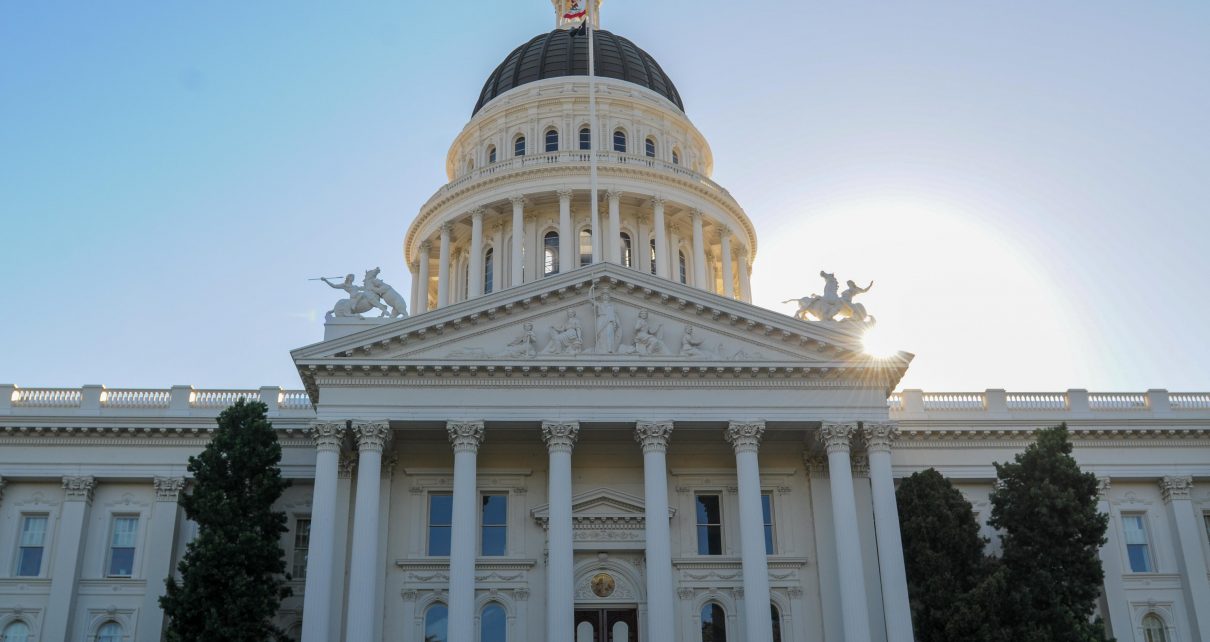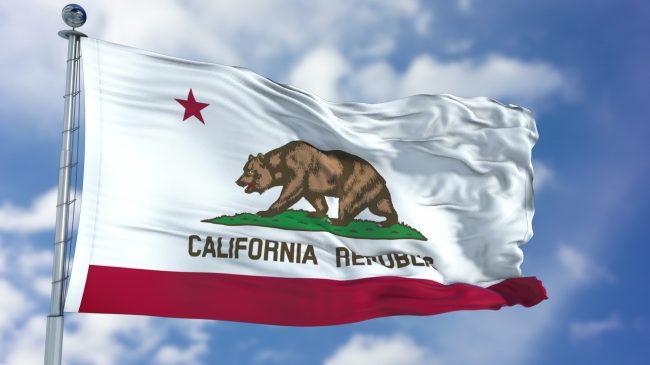
California State Capitol. (Photo: Kevin Sanders for California Globe)
Globe Quiz on California Executive Branch
The Lt. Governor acts as Governor during the impeachment
By Chris Micheli, April 23, 2023 8:02 am
This quiz is to test your knowledge about California’s Executive Branch.
- There are nine constitutional offices in California.
- California is a unitary executive like the federal government.
- The Governor is required to make a “state of the state” speech to the Legislature.
- The Governor may fill any vacancy in any office by appointment until a successor qualifies.
- When the Governor uses the line-item veto authority, the Governor must attach a statement of the item reduced or eliminated, as well as the reasons for the action.
- The Governor can call a “fiscal emergency” special session, which is separate from other special sessions.
- The Governor is required to submit proposed legislation to address the fiscal emergency.
- The January 10 deadline for submission by the Governor of the proposed budget is a statutory requirement found in the Government Code.
- Only the Chairperson of the Assembly Committee on the Budget is required to introduce the Governor’s proposed budget.
- For a vacancy in one of the other eight constitutional offices, the Governor nominates a person to fill the vacancy, and that person must be confirmed by a 2/3 vote of the Senate.
- The Governor has the authority to assign and reorganize functions among all of the executive branch officers and agencies.
- The Governor has authority to grant a reprieve, pardon, or commutation, after sentence, for any state offense.
- The Governor may not grant a pardon or commutation to a person twice convicted of a felony, except on recommendation of four Supreme Court judges.
- The Lieutenant Governor is required to have the same qualifications as the Governor and serves as President of the State Senate.
- The Lt. Governor only serves as Acting Governor during the Governor’s “absence from the State.”
- The order of precedence after the Lieutenant Governor for succession to the office of Governor and for the temporary exercise of the Governor’s functions is set forth in the state Constitution.
- As the chief executive, the Governor is the chief law officer of the State.
- The Governor and the Attorney General have direct supervision over every district attorney and sheriff in the State.
- State officers are prohibited from accepting any honorarium.
- The “revolving door” prohibition applicable to the executive branch applies equally to state officers, agency secretaries, and department directors.
How did you do? The following are the answers:
- True – Governor, Lt. Governor, Secretary of State, Controller, Treasurer, Superintendent of Public Instruction, Insurance Commissioner, Attorney General, and State Board of Equalization.
- False – Unlike the federal executive branch, which is unitary, California has a “plural executive.”
- False – the Governor is only required to provide a report to the Leislature each year on the condition of the state.
- False – this applies to all executive branch offices, but not legislative offices (for which the Governor must call a special election).
- True – the state Constitution provides, “The Governor shall append to the bill a statement of the items reduced or eliminated with the reasons for the action.”
- True – the Governor may issue a proclamation declaring a fiscal emergency and require the Legislature to assembly in special session for this purpose.
- True – that is one of the requirements for a fiscal emergency special session that is proclaimed by the Governor.
- False – this is a constitutional requirement.
- False – the state Constitution requires the budget bill to be introduced immediately in each house by the persons chairing the committees that consider the budget. So, both the Senate and Assembly Budget Chairs must introduce the Governor’s budget proposal.
- False – the person nominated to fill the vacancy takes office upon confirmation by a majority of the members of the Senate and a majority of the members of the Assembly.
- False – this authority does not apply to elective officers and agencies administered by those other elective officers.
- False – this authority does not extend to cases of impeachment.
- True – this is a constitutional requirement.
- True – these are found in Article V, Section 9.
- False – the Lt. Governor acts as Governor during the impeachment, absence from the State, or other temporary disability of the Governor, or of a Governor-elect who fails to take office.
- False – the order of precedence is set forth in state enacted by the Legislature.
- False – the Attorney General is the chief law officer of the State.
- False – only the Attorney General has that direct supervision role under Article V, Section 13.
- True – this is found in Article V, Section 14.
- True – this prohibition has been in effect since 1991.
Latest posts by Chris Micheli (see all)
- Frequently Asked Questions about Privileges of Voters in California - April 23, 2024
- Does a Bill Need Statutory Construction Guidance? - April 22, 2024
- Frequently Asked Questions about Lobbying Support Services - April 22, 2024




3 thoughts on “Globe Quiz on California Executive Branch”